50 Shades of Indigo
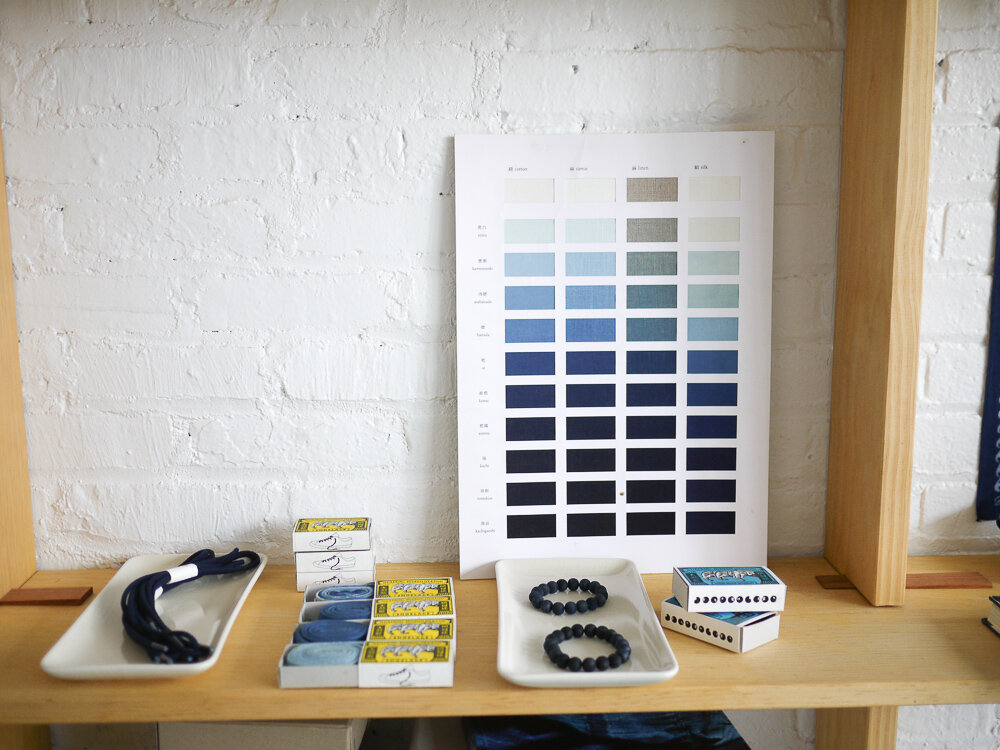

Indigo has established itself as one of the oldest dyes in history, its presence being mostly associated with denim cloth and jeans. Throughout time, indigo was produced by many plants, but its popularity is often associated with the genus Indigofera. Before the 19th century, indigo was mostly produced organically, from farming to harvesting to dyeing. This is not the case today—synthetic indigo has taken over the entire fashion industry, from jeans to bandanas to t-shirts. Nothing wrong with going to your local thrift shop and donning a pair of cheap, unique Levi’s denim, but there’s just something so beautiful about interacting with the indigo dye by hand and seeing the unique blends of colors and patterns.
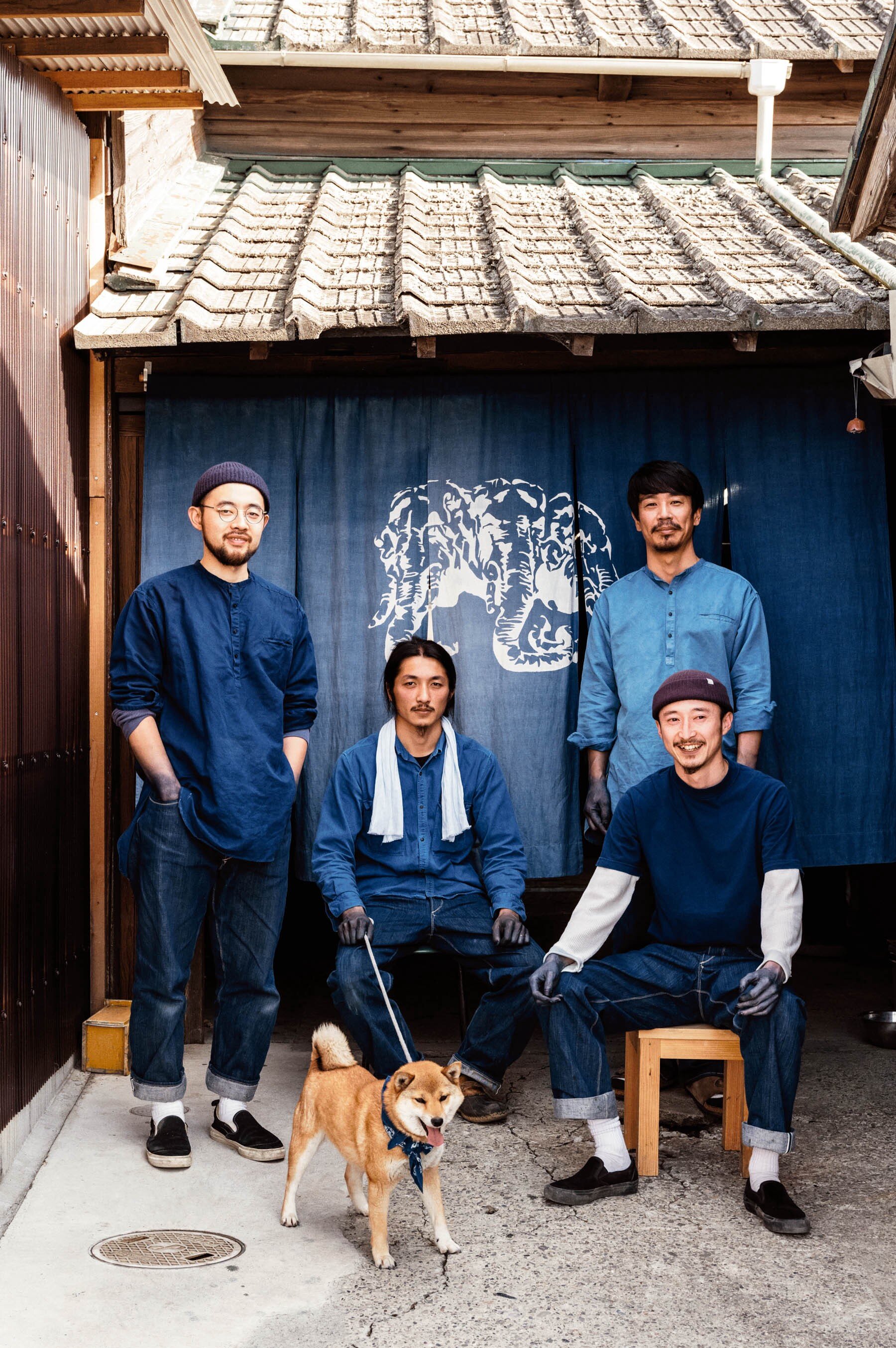
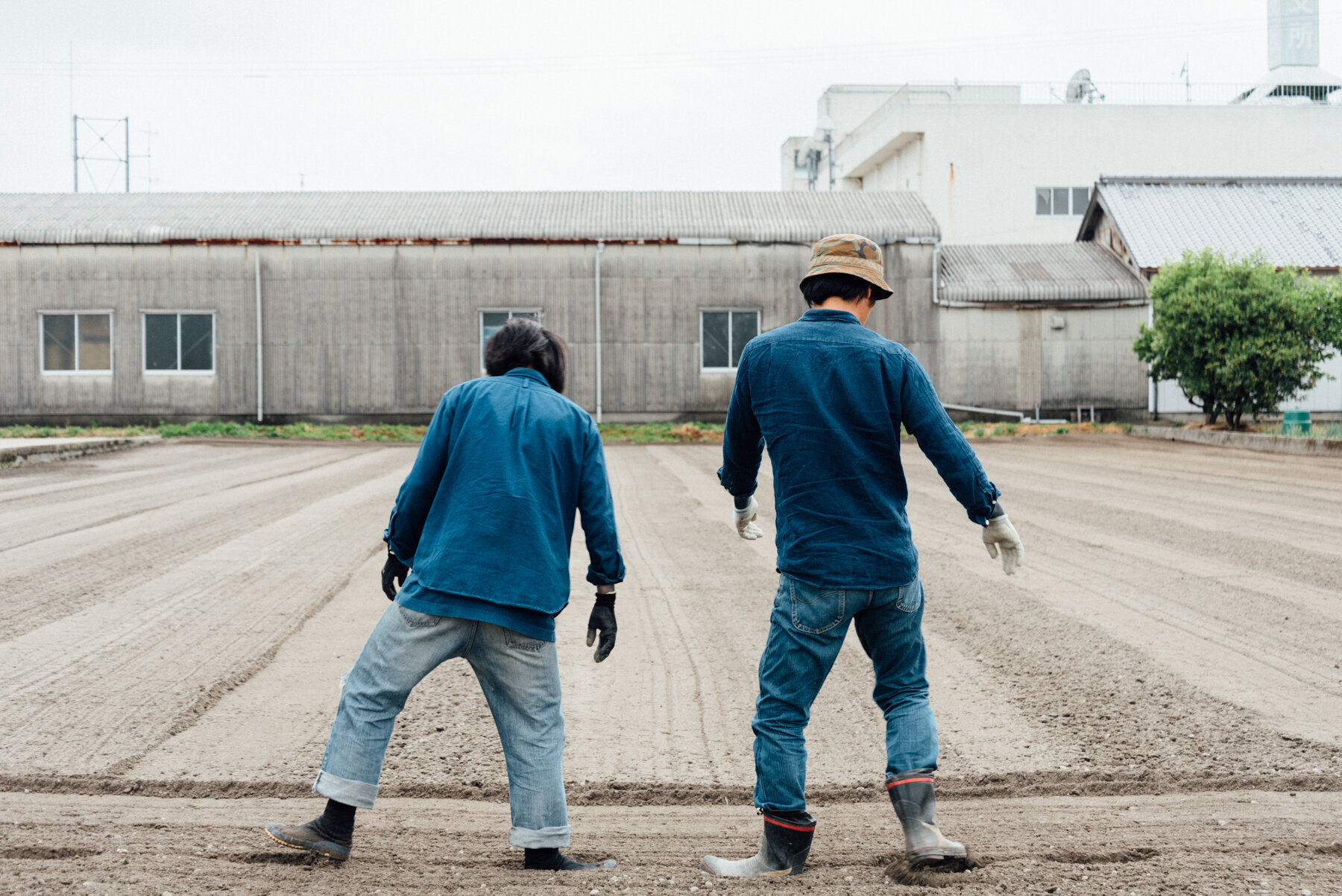
On the countryside of Japan lies Tokushima, the indigo dyeing capital. Buaisou, a small indigo dyeing company in Tokushima, thrives in their year-long traditional way of processing natural indigo. First, they plant and grow indigo seeds until they are deemed suitable for harvesting. They then produce sukumo, the base of natural indigo dye, through a long fermentation period. They lastly mix this dye with other minerals to achieve a type of blue worth staring at for hours, whether through a pair of jeans, a bandana, a tote bag, a t-shirt. In fact, they are known for hosting workshops in both Japan and worldwide (recently SF and Sonoma this past month) where you can bring in any garment to indigo dye!
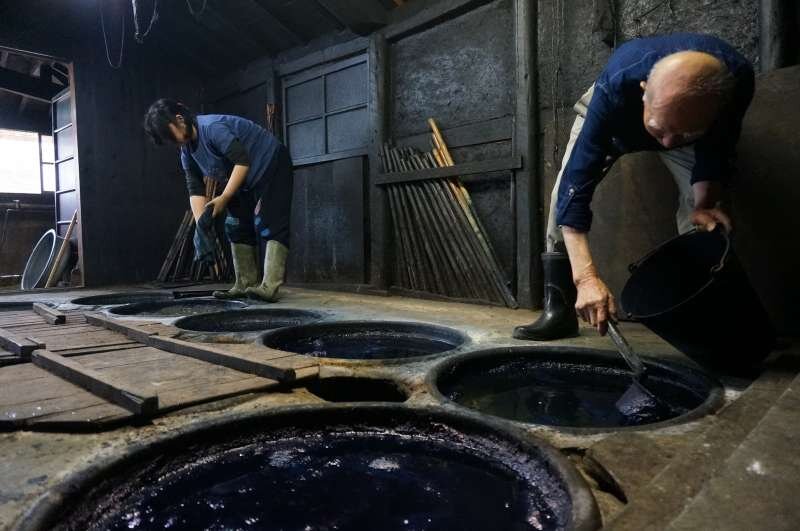
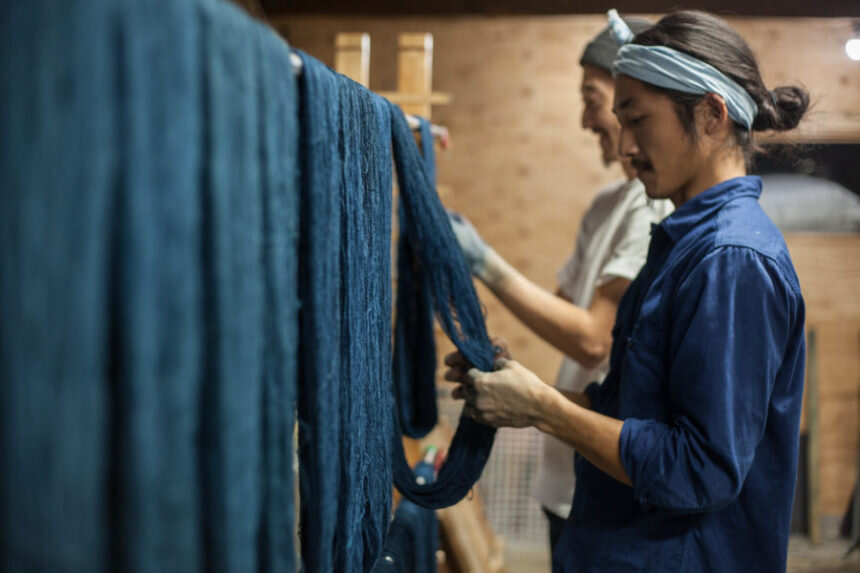
This hand-dye produced by indigo dyeing companies like Buaisou deeply penetrates the clothing down to its core, so natural indigo tends to fade more slowly over time. However, what makes natural indigo fascinating to work with and admire is its unpredictability. That is, there are a multitude of variables—from the human touch, to the variation in temperature, to the chemical properties of the dye—that allow for each dyed garment to be particularly distinct from one another. This unpredictability therefore allows each article of clothing to be unique and completely personal to the wearer, especially when it comes to denim.
Denim enthusiasts are often spotted online via forums such as superfuture, r/rawdenim, and Heddels, sharing fading pictures of their jeans from day 1 to day 90, or 365, or even 1095. This seems to be an odd hobby to most at first glance. The idea behind this lies in raw denim—that is, denim that is left untreated during the washing and distressing process. Upon initial purchase, raw denim always appears to have a deep blue color. It is only when worn over time that the dark indigo dye chips away and the electric blue starts to show itself. What’s fascinating is that each pair of raw denim is personal to one another—one pair can have its fades emphasized in the knees, one pair with its fades emphasizing on the thighs, and so on. This allows for beautiful, unique indigo fades over time that otherwise wouldn’t have existed through the washing and distressing process! Even better—you’ll never ever see your unique pair of denim on anybody else.
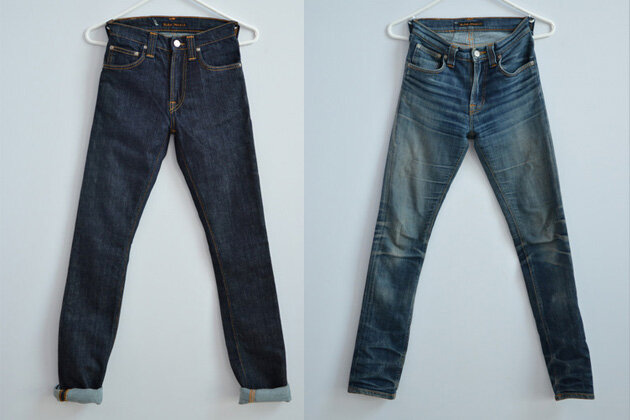
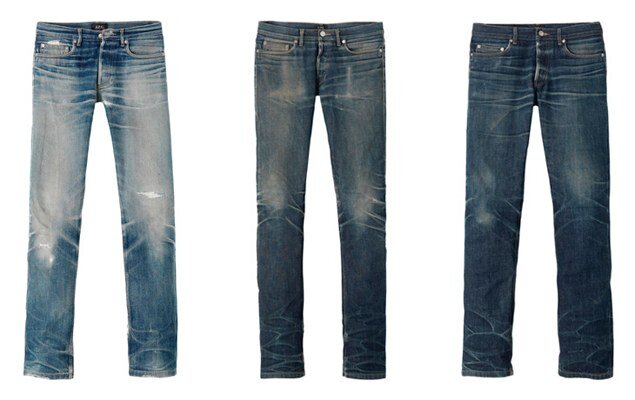
Although processing natural indigo and wearing raw denim can lead to beautiful blues, these hobbies are often more on the expensive side in terms of both labor and cost. One way to circumvent this issue is by engaging in DIY experiments with indigo! Take shibori dyeing, a technique used to create patterns in fabric, for instance. The name shibori comes from the japanese verb shiboru, meaning “to press, to wring, to squeeze.” Basically, the fabric is folded and compressed in a particular way in order to resist indigo dye and form contrasting patterns. Here are some patterns that can made from shibori dyeing—there’s much more out there.
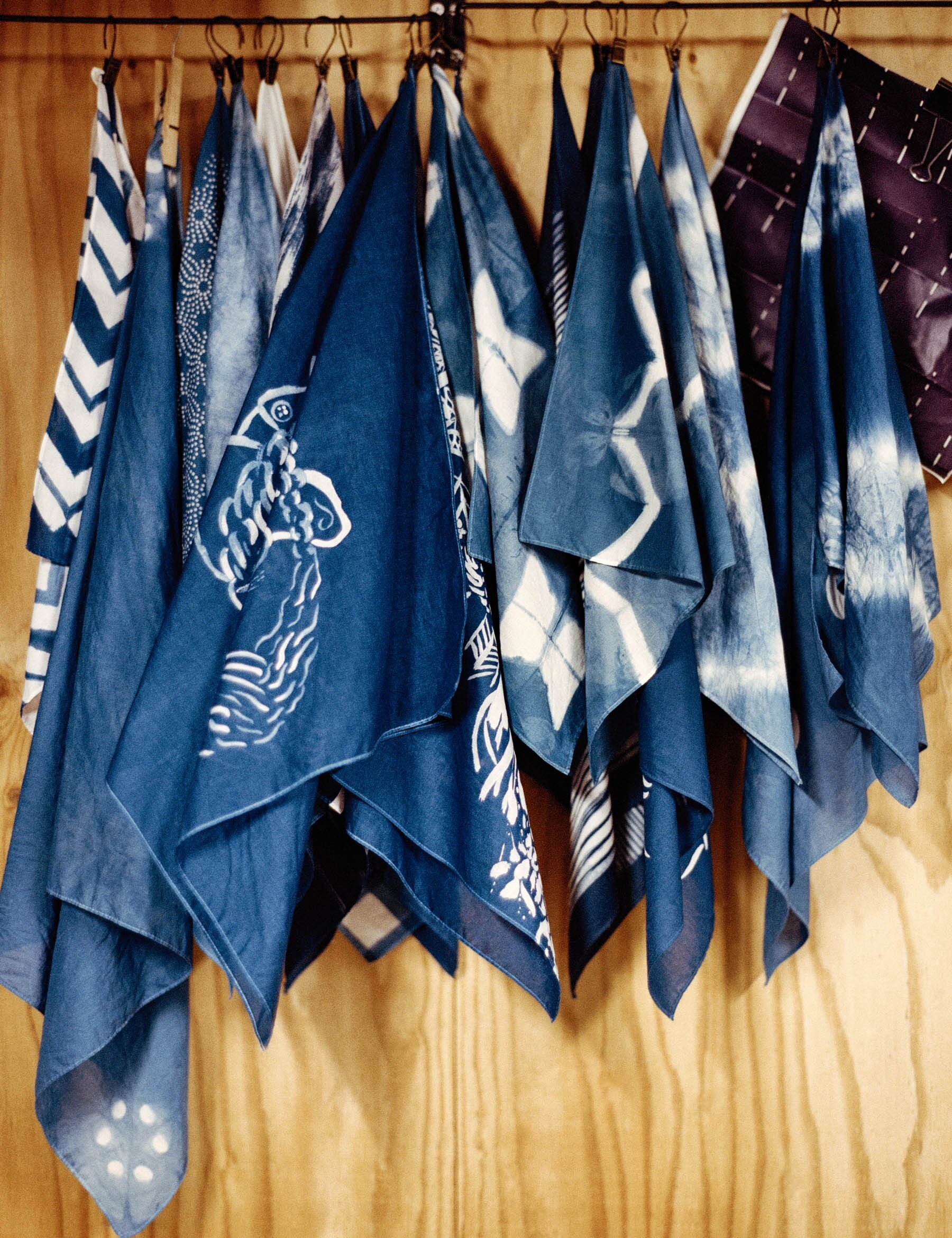
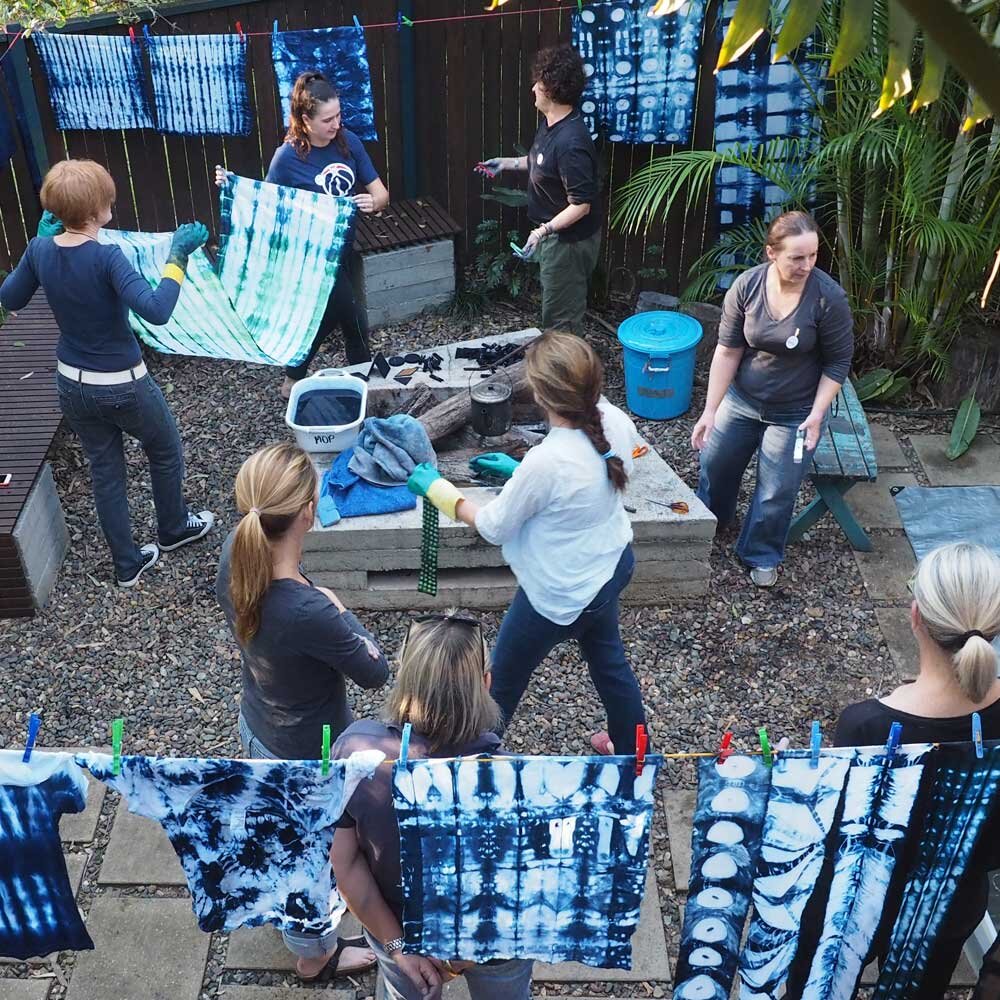
If all of this has you a bit more interested in indigo, there’s a bunch of interesting brands both around SF and the internet! Consider Industry of All Nations, an LA-based sustainable fashion brand that specializes in raw materials, especially indigo. When walking into their store at Hayes Valley, you can see the massive hues of indigo spread amongst t-shirts, pants, jackets, everything. Another store worth checking out is Self Edge at Valencia, a store that specializes in selling denim and other indigo goods. Other candidates include STORY Mfg., Kapital, and visvim for their particularly interesting takes on indigo dyes. Pictured below are a few statement pieces from these brands, and a wide collection of indigo-centric outfits and pieces for inspiration.
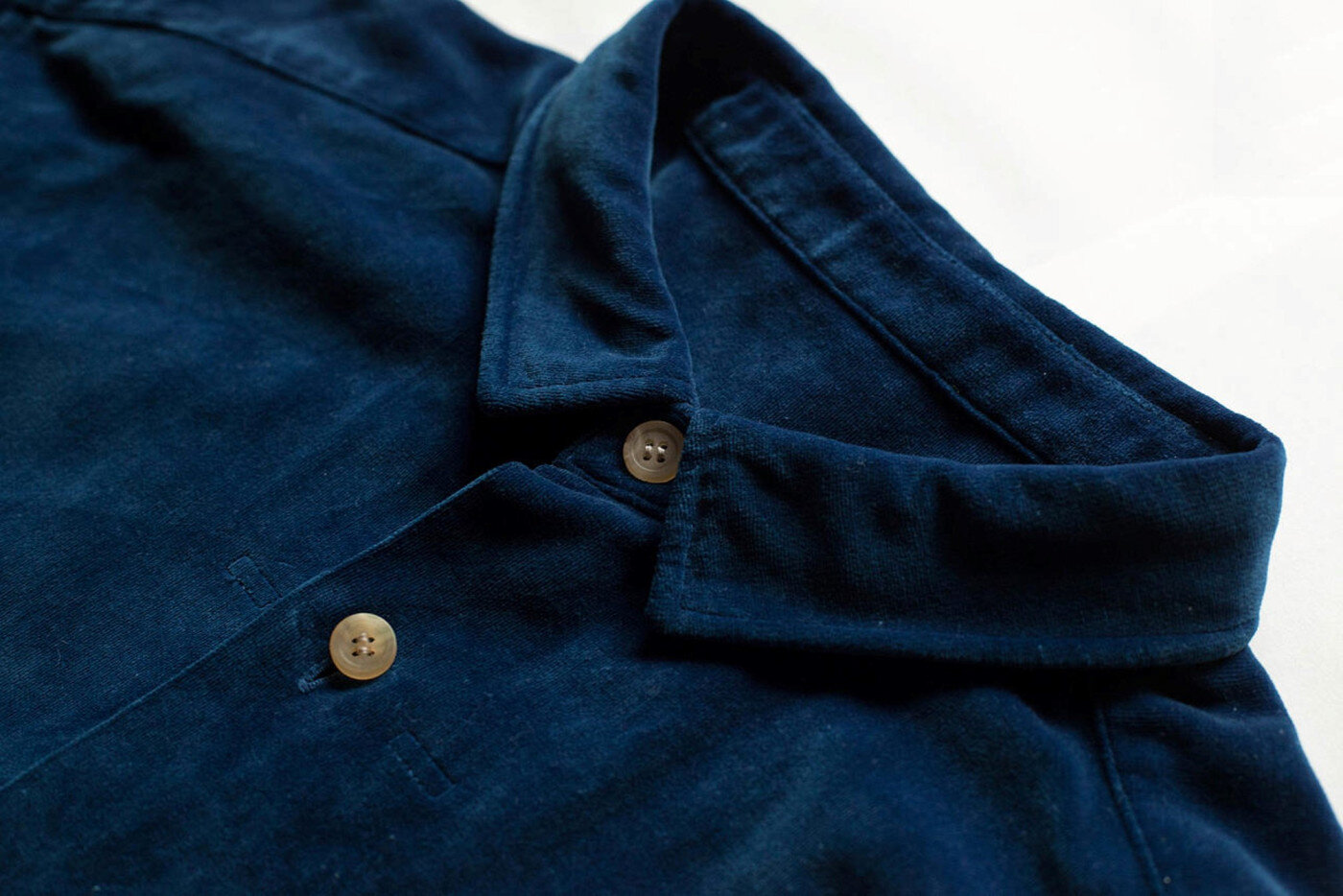
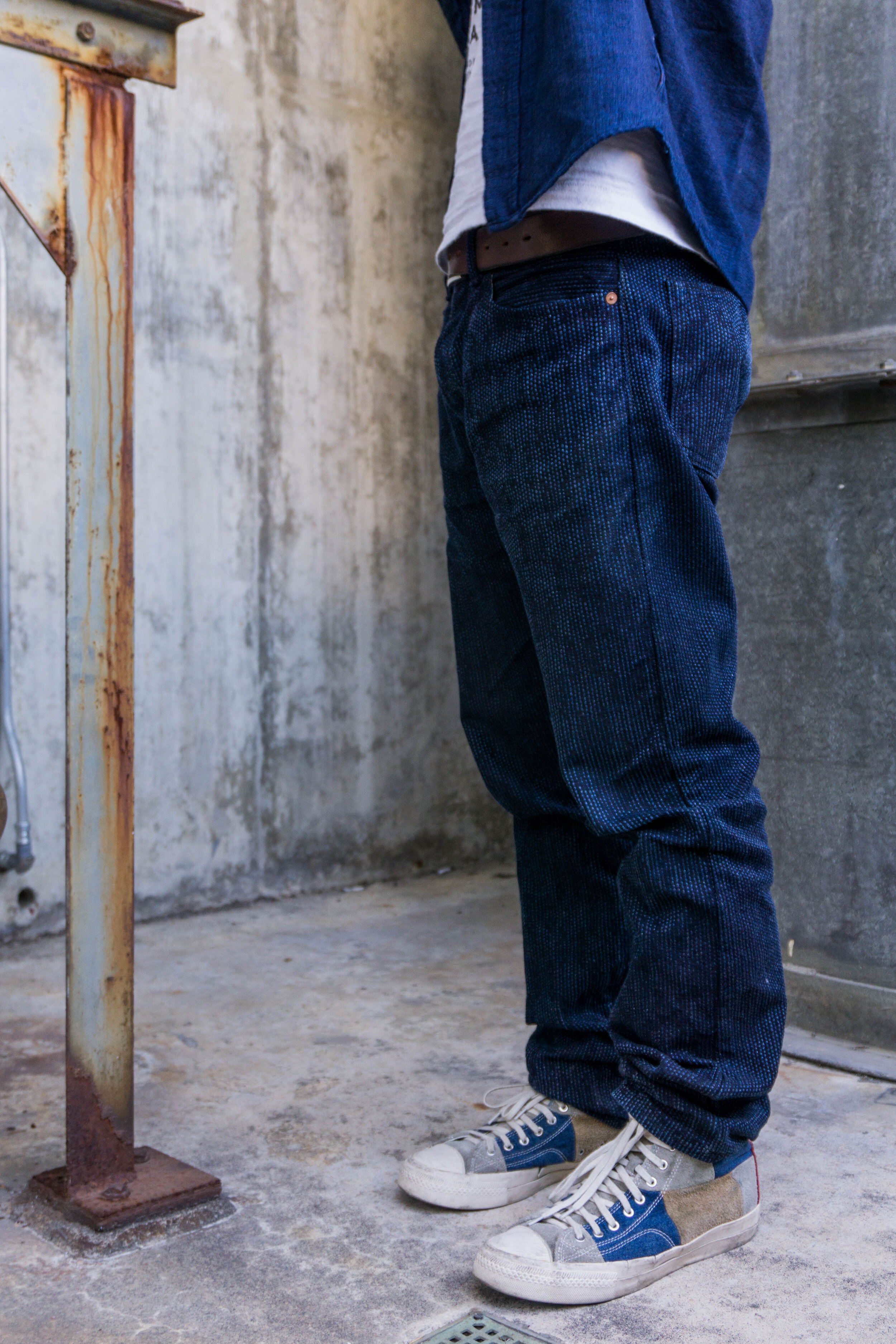
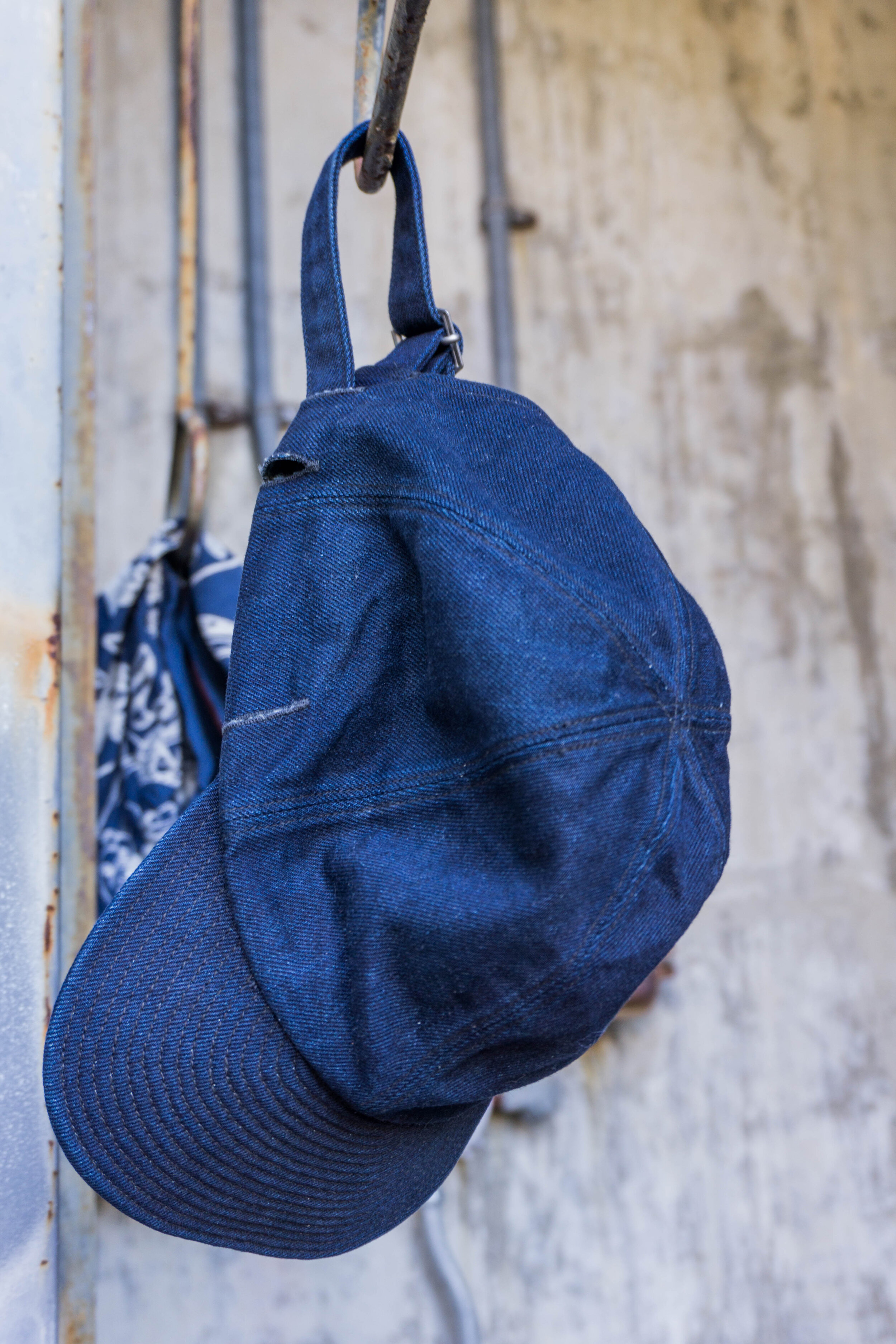
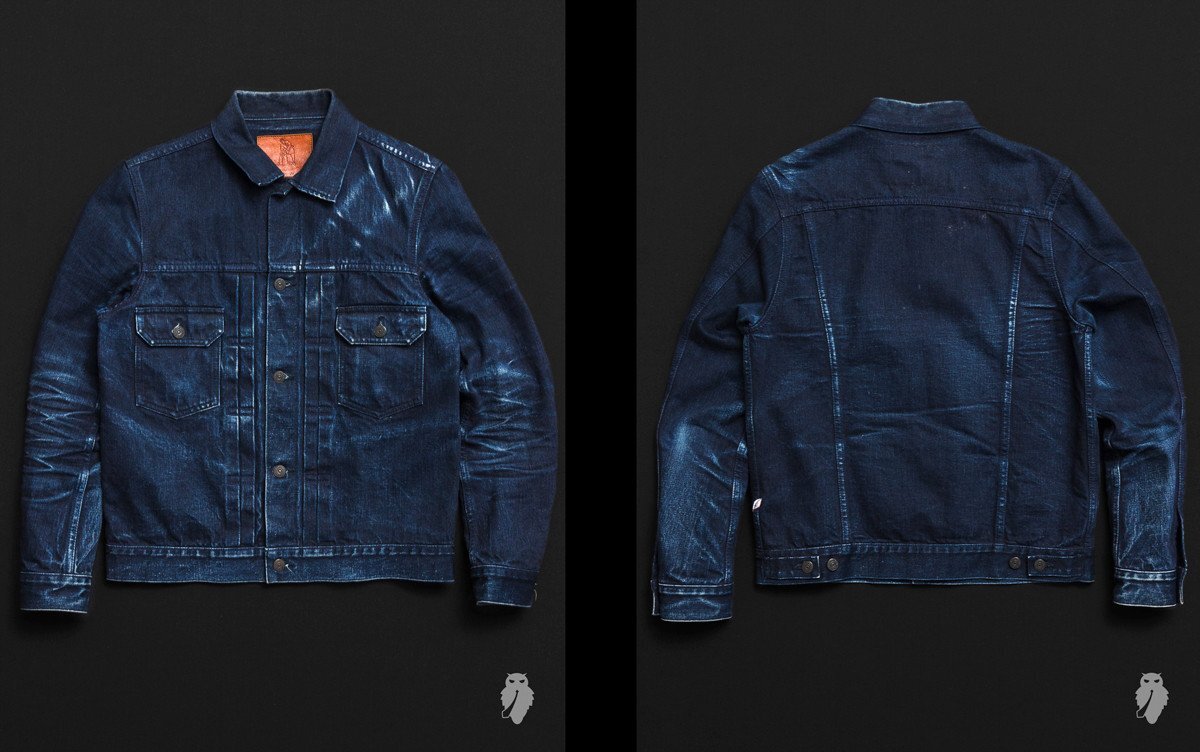
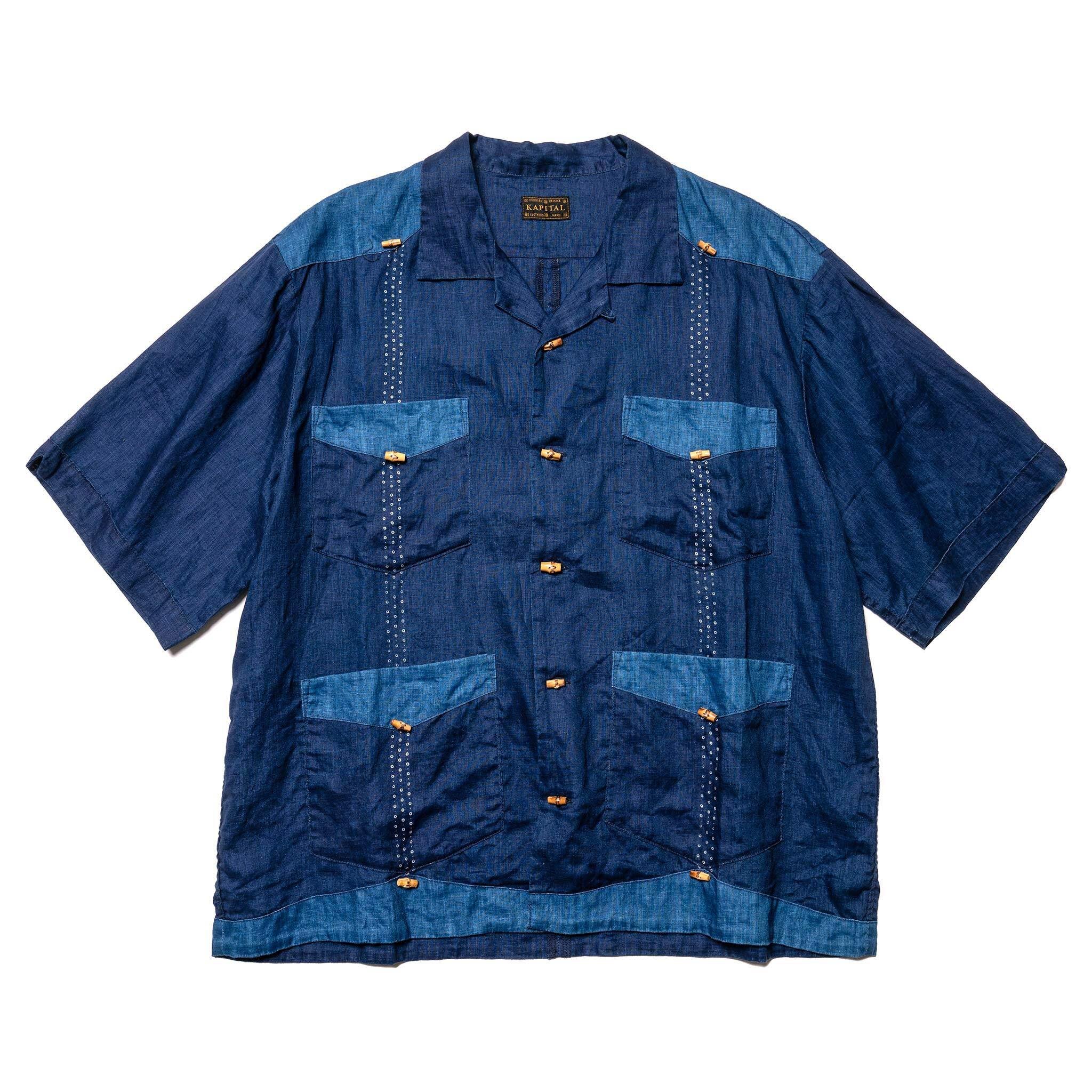

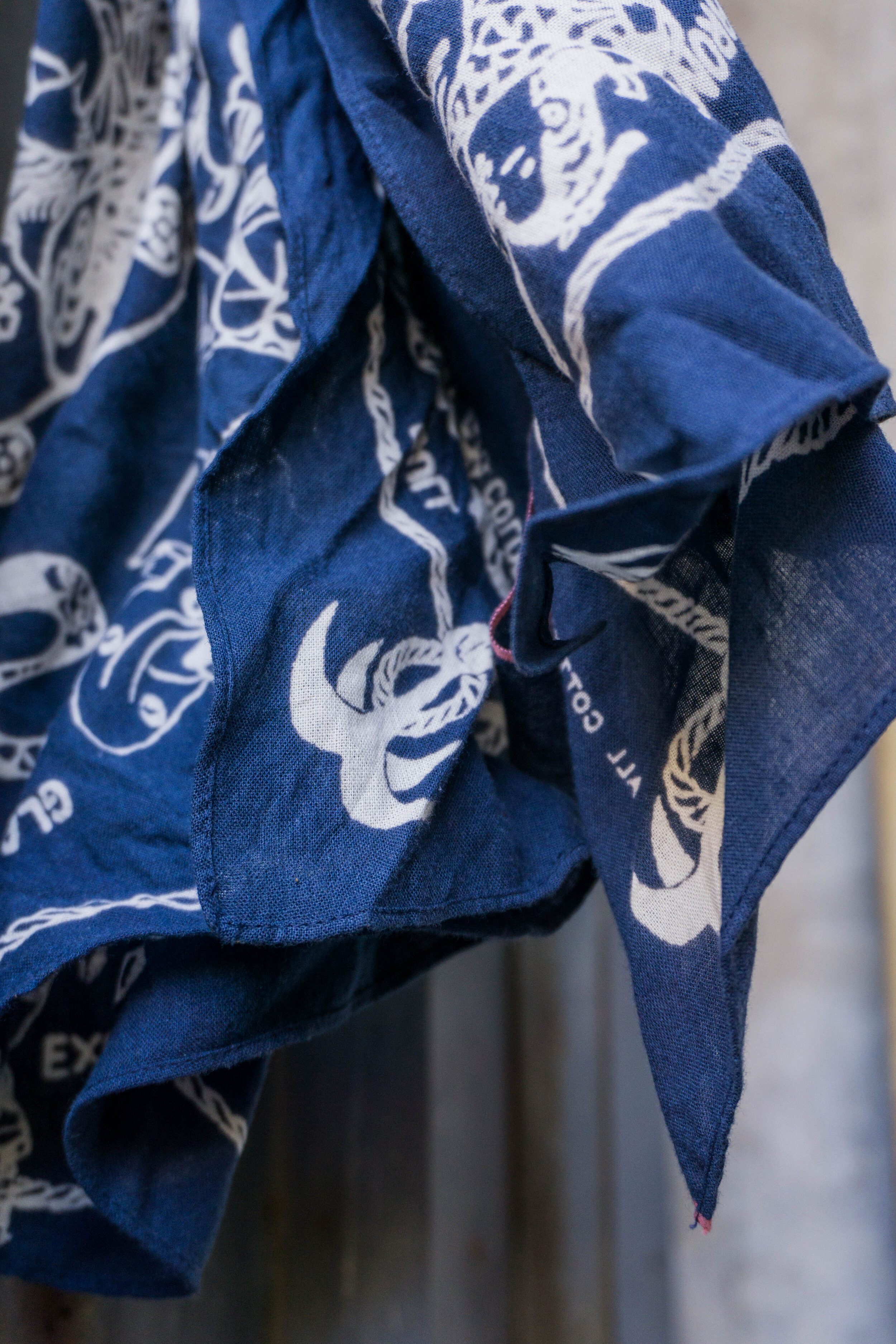
Words by Alan Nguyen
Photography by Chloe Akazawa

